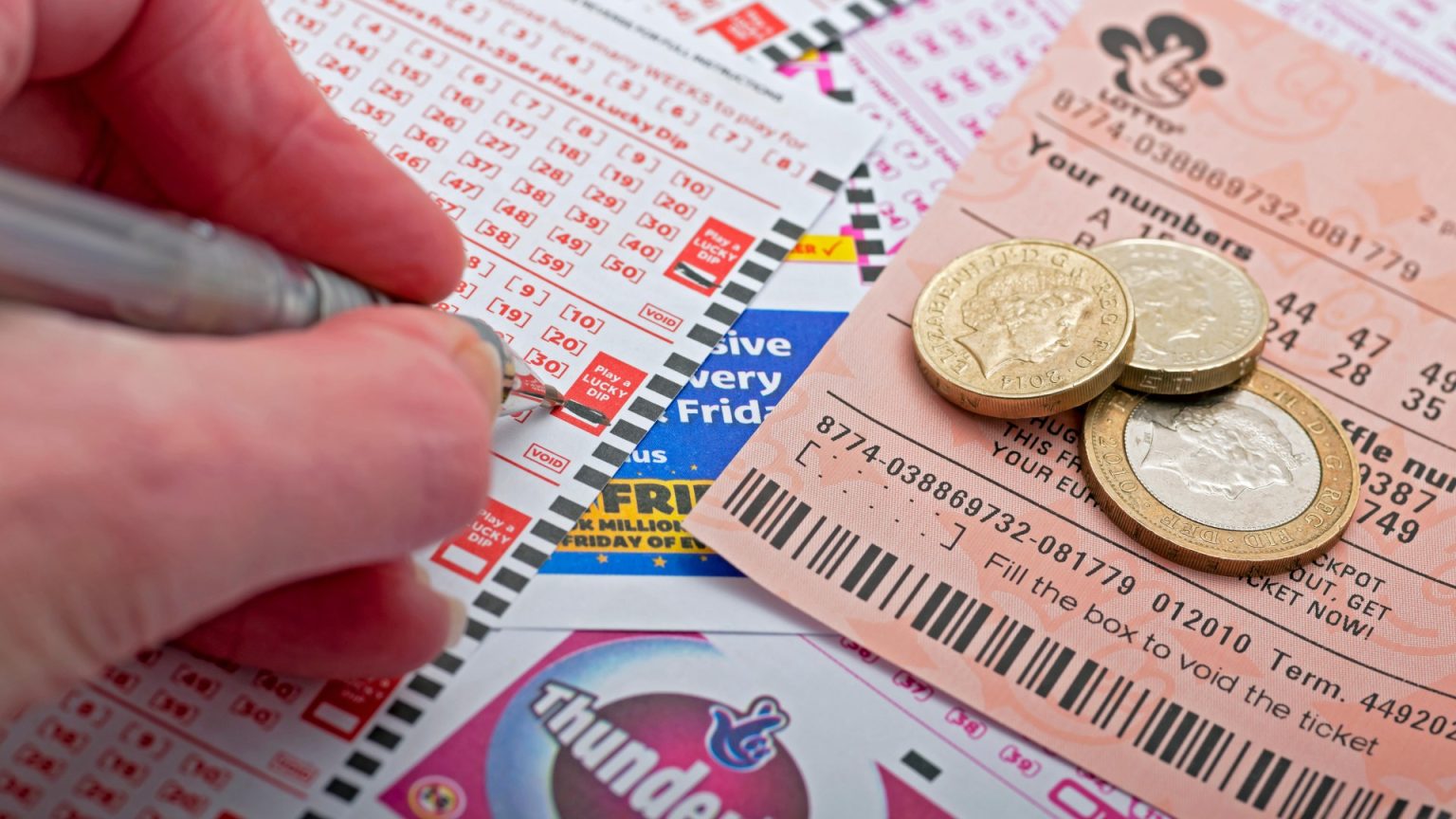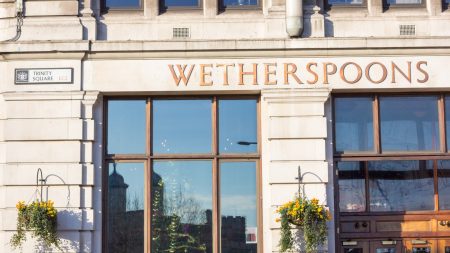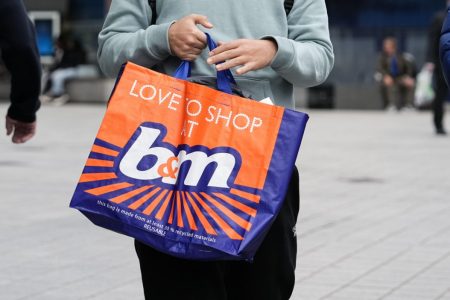The National Lottery, launched in 1994 with the enticing slogan "it could be you," offers a variety of games, each with different odds and potential winnings. While the original Lotto remains a popular choice, other options like EuroMillions, Set For Life, and Thunderball have expanded the lottery landscape, catering to various risk appetites and prize aspirations. Understanding the odds of winning in each game is crucial for informed participation.
The original Lotto, now costing £2 per play, requires players to select six numbers between 1 and 59, plus a bonus ball. Matching all six main numbers unlocks the jackpot, while partial matches offer smaller prizes. The odds of hitting the Lotto jackpot are approximately 45 million to one, a daunting figure reflecting the sheer randomness of the draw. However, the odds of winning any prize, including a free lucky dip for matching two main numbers, are significantly higher, at just over one in nine.
EuroMillions, a pan-European lottery, boasts even larger jackpots but correspondingly lower odds. At a cost of £2.50 per play, participants choose five main numbers (1-50) and two Lucky Stars (1-12). The odds of winning the EuroMillions jackpot stand at a staggering 1 in 139 million, reflecting the vast number of possible combinations. Despite these slim odds, the allure of potentially life-changing sums continues to draw players from across Europe.
For those seeking a more frequent chance to win, Thunderball offers four draws per week with a £500,000 jackpot. Players select five numbers and a Thunderball, facing odds of roughly 1 in 8 million to win the top prize. While the jackpot is smaller than Lotto or EuroMillions, the more frequent draws and improved odds make it an attractive option for players seeking more regular excitement. A £1 ticket offers various smaller prizes for matching fewer numbers.
Set For Life presents a different kind of prize – a monthly income rather than a lump sum. Players choose five numbers (1-47) and a Life Ball (1-10), aiming to match all six for a prize of £10,000 a month for 30 years. The odds of achieving this financial security are 1 in 15.3 million. A second-tier prize of £10,000 monthly for a year is also available, alongside smaller cash prizes for partial matches.
Beyond the National Lottery, alternative options like the People’s Postcode Lottery and the Health Lottery offer different playing styles and prize structures. The People’s Postcode Lottery, with a monthly subscription fee, offers daily and weekly draws based on postcodes, with prizes shared among players in winning postcodes. This model emphasizes community winning and boasts a high percentage of players receiving some form of prize. The Health Lottery, meanwhile, supports health-related causes and offers weekly draws with £25,000 jackpots and occasional £100,000 superdraws.
While the lottery offers dreams of instant wealth, it’s essential to approach it responsibly. Gambling should always be within one’s means, with a clear understanding that the odds are often heavily stacked against the player. Organizations like GamCare and BeGambleAware offer resources and support for those struggling with problem gambling, reminding players that the lottery should be a form of entertainment, not a financial strategy. The allure of "it could be you" should always be tempered with the realistic acceptance that, statistically, it’s likely not to be.











